Trees Birds Mammals Fish Amphibians Reptiles
Wild Algarve
Bookshop
Lactarius pyrogalus (Bull.) Fr. - Fiery Milkcap
Phylum: Basidiomycota - Class: Agaricomycetes - Order: Russulales - Family: Russulaceae
Distribution - Taxonomic History - Etymology - Identification - Culinary Notes - Reference Sources
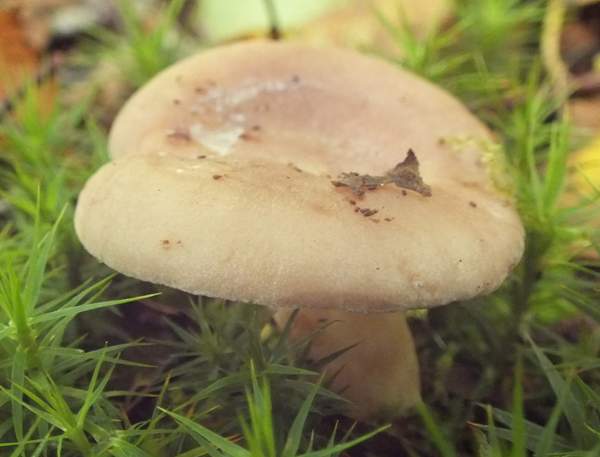
Lactarius pyrogalus is a pale-capped mushroom found in deciduous
woodland, mainly under hazel trees. (In Britain, at least, this milkcap seems to be obligately mycorrhizal with Corylus avellana.)
Distribution
Common but localised in Britain and Ireland, the Fiery Milkcap is found in hazel woodland throughout most of central and northern Europe. This mushroom is also found in some parts of North America.
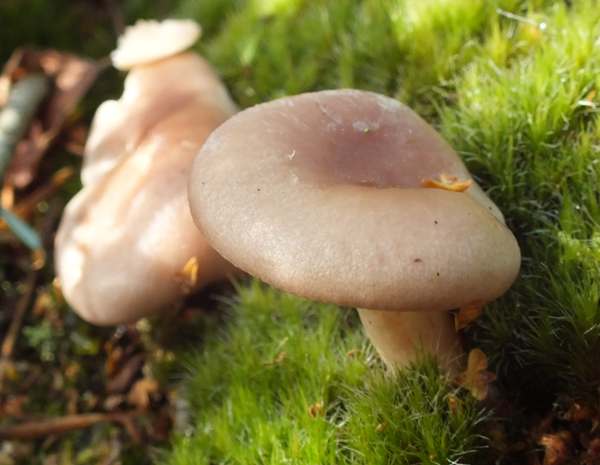
Taxonomic history
The Fiery Milkcap was described scientifically in 1792 by pioneering French mycologist Jean Baptiste Francois (Pierre) Bulliard, who gave it the binomial scientific name Agaricus pyrogalus. It was the greatSwedish mycologist Elias Magnus Fries who, in 1838, transferred this species to the genus Lactarius, thus establishring its currently-accepted scientific name Lactarius pyrogalus.
Synonyms of Lactarius pyrogalus include Agaricus pyrogalus Bull., and Agaricus lactifluus var. pyrogalus (Bull.) Pers.
Etymology
The generic name Lactarius means producing milk (lactating) - a reference to the milky latex that is exuded from the gills of milkcap fungi when they are cut or torn.
The specific epithet pyrogalus is a Latin adjective meaning fire milk - a reference to the extremely acrid latex within the flesh of this innocuous-looking milkcap.
Identification guide
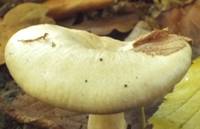 |
Cap
2.5 to 9cm in diameter, convex and then
depressed, the cap is cream to pale greyish ochre, not usually zoned but sometimes very faintly zoned; smooth; slightly viscid when wet. |
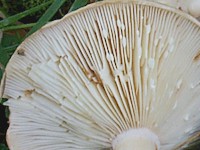 |
Gills
Shortly decurrent and moderately spaced, the
gills are creamy buff with a pinkish tinge. This milkcap releases copious amounts of white latex that dries grey with a greenish tinge. It is extremely hot tasting.
Stem
Very variable in diameter from 0.8 to 2cm, and 2.5 to 6,5cm long, the stem is more or less
cylindrical or tapering in slightly at the base. The stem surface is smooth
and paler than the cap.. |
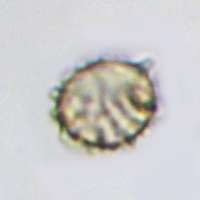 |
Spores
Broadly ellipsoidal, 7-8 x 5.5-7µm; ornamented with warts and connecting broad ridges to 1µm in height forming a zebra-like network.
Spore print
Pale ochre. |
Odour/taste |
Slight fruity smell; the milk (latex) and flesh taste extremely hot. |
Habitat & Ecological role |
The Fiery Milkcap is a mycorrhizal mushroom found under hazel, often in coppice woodland but occasionally beside hedgerows. |
Season |
August to October in Britain and Ireland. |
Similar species |
Lactarius glyciosmus smells of coconut; it has a zoned cap and occurs
nearly always under birch trees. |
Culinary Notes
The Fiery Milkcap is generally considered to be inedible.
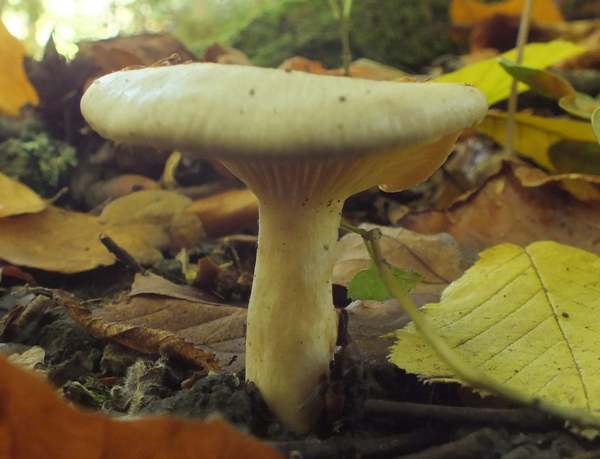
Reference Sources
Pat O'Reilly (2016). Fascinated by Fungi, First Nature Publishing
Jacob Heilmann-Clausen, Annemieke Verbeken, & Jan Vesterholt (1998). The Genus Lactarius (Fungi of Northern Europe—Vol. 2) The Danish Mycological Society.
Funga Nordica, Henning Knudsen and Jan Vesterholt, 2008.
Fungi of Switzerland, volume 6: Russulaceae, Kränzlin, F.
BMS List of English Names for Fungi.
Paul M. Kirk, Paul F. Cannon, David W. Minter and J. A. Stalpers. (2008). Dictionary of the Fungi; CABI.
Taxonomic history and synonym information on these pages is drawn from many sources but in particular from the British Mycological Society's GB Checklist of Fungi.
Top of page...
Fascinated by Fungi. Back by popular demand, Pat O'Reilly's best-selling 450-page hardback book is available now. The latest second edition was republished with a sparkling new cover design in September 2022 by Coch-y-Bonddu Books. Full details and copies are available from the publisher's online bookshop...